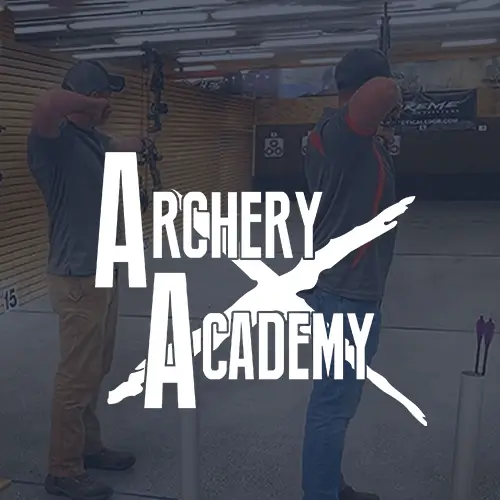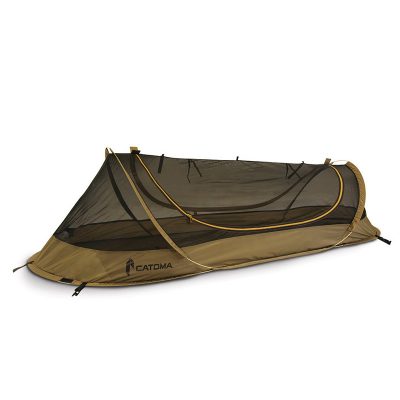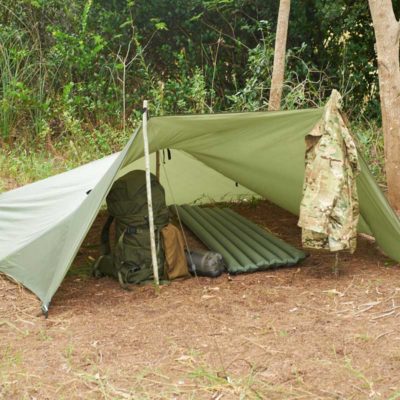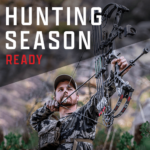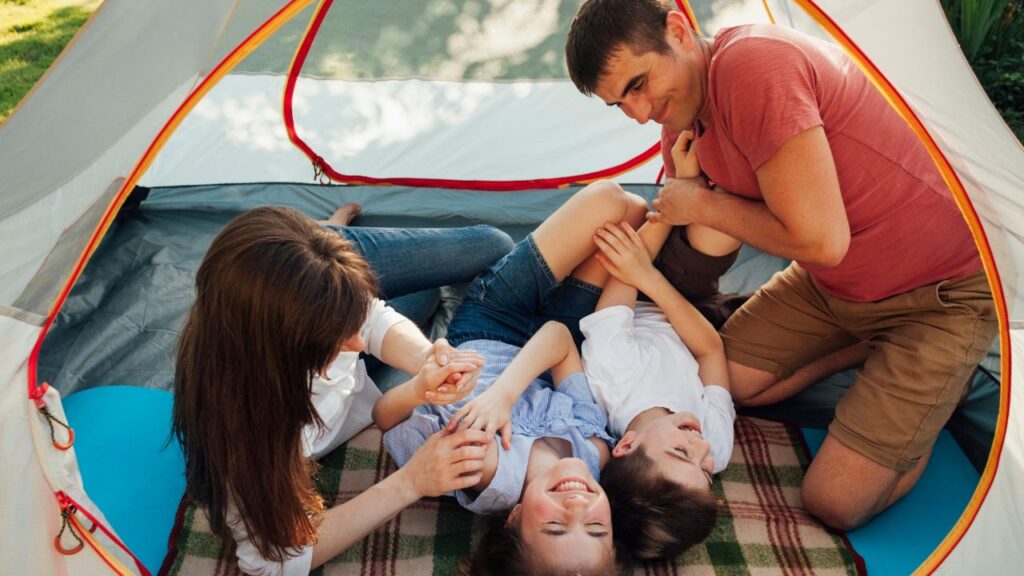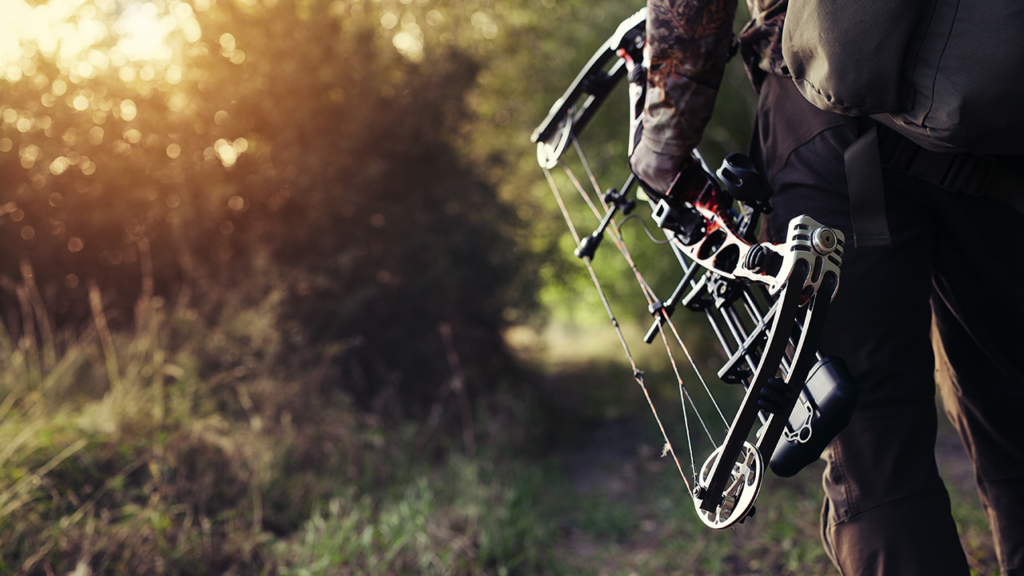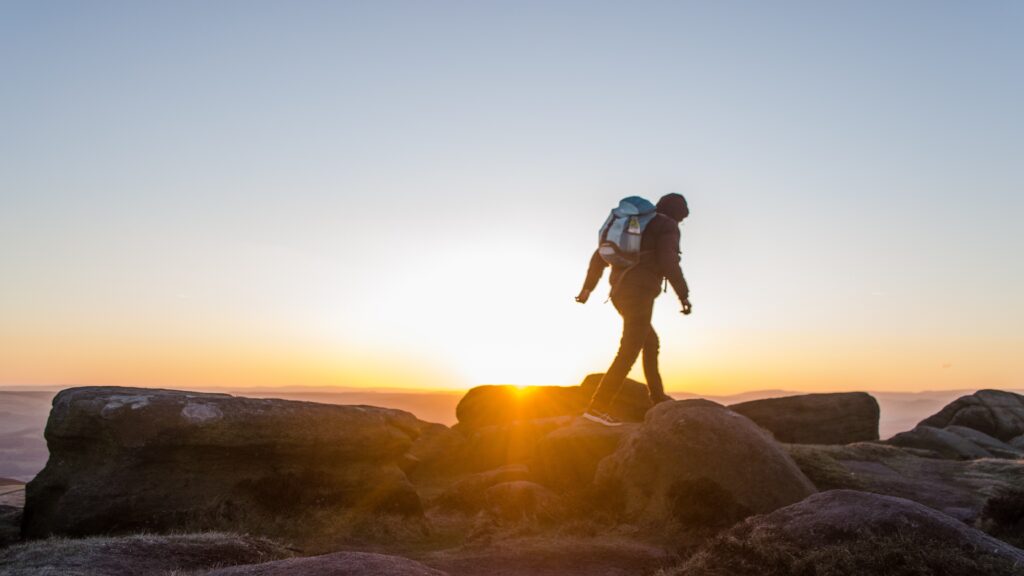The Best Backpack for You, Explained
The right backpack for you and your trip depends, of course, on you and your trip! Where are you going? What do you have planned? What do you feel good carrying? Choosing the right backpack for a lengthy hike is a bit more complicated than just picking out the coolest character to wear on the school bus. Make sure to give your new backpack a good test run, including with a full load (or weights simulating a full load) before you hit the trail. Read on and let us help you decide on the right backpack for your next trip.
Trip Length
The first thing to consider is how long your trip will be, which is one of the main determinants in how large a backpack you’ll need. If you’re a minimalist and really good at packing light, you can probably be okay with a 30- to 50-liter backpack for a trip of one to three nights (be aware that warm winter gear typically takes up more room than lightweight summer stuff). This is generally considered a small backpack.
If you’re planning a trip of three to five nights, and/or if your clothes take up a lot of room (if they are heavy or if you’re an extra-large person with extra-large clothes), you will probably do best with a 50- to 80-liter backpack. This is a medium-sized backpack and the most popular size.
For a longer trip of five nights or more, or if you need to bring a lot of gear or supplies, such as if you’re backpacking with your kids, you’ll want to look at a backpack of 70 liters or larger. Especially if you’re a smaller person, you’ll probably want to try it on in person well in advance of your trip.
Backpack Fit
Anything you’ll be wearing for many hours and many miles needs to fit well. Not everyone puts a backpack in this category, but it definitely should be! Considerations include:
Hip Size: Your hips should be supporting at least 80% of the backpack’s weight, which means that it should fit snugly around your hips and waist. Measure around your hips at the level of your iliac crest; this is slightly higher than where most people wear their pants so it is different than your pant size. Most backpacks adjust to fit waists in the range of 24” to 46”. If you are larger or smaller than that, you may need to be extra careful when you shop. Some backpacks allow you to switch out the waist belt, which is helpful if you need a custom size or even if you plan to share the backpack with a partner or friend.
Torso Length: Torso length is related to your overall height, but it’s also true that different people are shaped differently and that’s why backpacks are sized according to torso length and not overall height. Your torso length is measured down your back, from the C7 vertebra to the level of your iliac crest. Some of the best backpacks are sold in different torso lengths, and some are even adjustable.

“Women’s” Backpacks: Backpacks are, of course, genderless, and not all women are the same shape or size anyhow. Most backpacks that are marketed toward women are made for shorter torsos, and sometimes the waist and hip belts are contoured with curves in mind. Men with short, slim torsos and younger/smaller backpackers of any gender should consider looking at these backpacks if they are having difficulty fitting the standard ones.
Other Features to Consider
What matters to one person may not matter as much to another, but we’ll explore some common or not-so-common features that the best backpacks may offer so that you can decide what you want to prioritize. Keep in mind that extra features often add extra weight.
Frame: Most packs are built around an internal frame that helps to transfer the load to the hips and may also help a backpacker feel more stable on rough terrain. The internal frame should fit closely to the body. An external frame is well suited for a heavy, unbalanced load. Frameless packs have less structure but if you’re looking for ultra-light, it’s the way to go.
Ventilation: Some good packs offer a tension-mesh suspension, which is a mesh back panel that sits slightly away from the body to increase ventilation and help sweat evaporate. Chimneys can also be incorporated into the back panels for the same effect.
Access and Storage: Almost all backpacks load from the top. Store things that you won’t need often toward the bottom so that you can have easy access to what you need most. The best backpacks offer other features such as a hydration reservoir, a sleeping bag compartment, zippered access panels or front pockets, shovel flaps, elastic side pockets, and/or pockets on the hip belt. Another helpful option, especially when your backpack is very large, is a removable day pack that you can use for day trips or supply runs.

